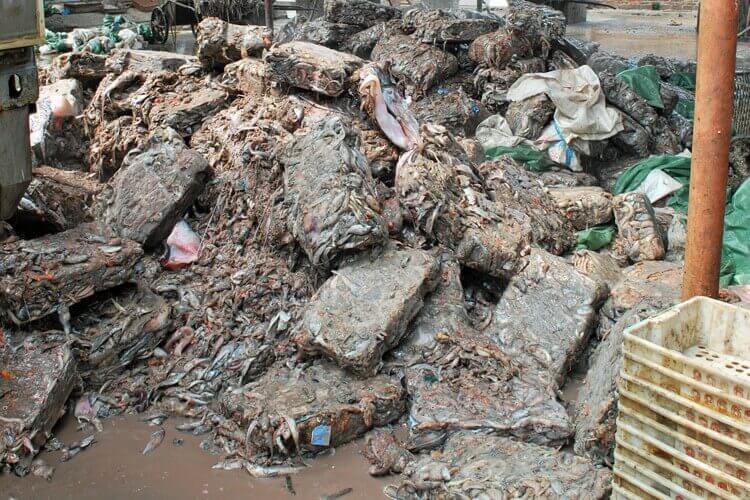In a new paper in Science a research team led by Stanford postdoctoral scholar Ling Cao and Professor Rosamond Naylor offers the clearest picture to date of China’s enormous impact on wild fisheries. The study also presents a more sustainable alternative to the current practice of using wild-caught fish to feed farm-raised fish.
China is the world’s leading producer, consumer and processor of fish, contributing one-third of the global supply. China’s fish production has tripled in the past 20 years, and about three-quarters of its supply now comes from fish farms. Yet the industry still places huge pressure on wild fisheries through its demand for fishmeal and fish oil made from wild-caught species. How China develops its aquaculture and aquafeeds sector can thus tip the balance of global seafood availability.
“There is a clear opportunity for positive change, but the economic and regulatory incentives for such change are not yet in place,” said Naylor, the William Wrigley Professor in the School of Earth Sciences and director of the Center on Food Security and the Environment at Stanford.
Fishing in the coastal waters of China is poorly regulated and often indiscriminate. The result is large volumes of assorted “trash fish” – species that are unfit for human consumption – that end up in animal feeds, including in fishmeal that is fed to farm-raised fish. Many of the species of wild fish used for feeds have been fully exploited or overexploited, and reducing the demand for them can help protect fragile ocean ecosystems.
One promising solution is to recycle the waste by-products from seafood processing plants across China. This waste, which can be 30 to 70 percent of the incoming volume of fish, is often discarded or discharged into nearby waters.
The team’s analysis shows that these processing wastes could satisfy between half and two-thirds of the current volume of fishmeal used by Chinese fish farmers, replacing much of the wild fish currently used in feeds.
Quality and food safety are two potential barriers to replacing wild-caught fish with fish processing wastes. The waste is lower in protein that wild-caught fish, but this can be overcome by adding plant-based protein sources to the fishmeal, like algae or ethanol yeast. The use of processing waste also raises concerns about contamination and disease transmission, which the researchers say can be addressed through better research on the safety risks and through tighter regulations.
“It’s time to make serious decisions about managing and protecting ocean fisheries, and China will play a pivotal role in this process,” said Naylor. “Collecting good data from China is an important starting point. But we also need a clear path toward more sustainable fisheries and aquaculture management, and that’s what we present in this paper.”
“This is a critical juncture for China,” said lead author Ling Cao, a postdoctoral scholar at the Center on Food Security and the Environment. “If the country makes proactive reforms to its aquaculture sector, like using fish-processing wastes instead of wild fish, and generally reducing the amount of fishmeal in aquafeeds, it can greatly improve the sustainability of the industry. If not, the consequences for the entire global seafood supply chain are going to be really serious.”
The team’s research was supported by funding from the Lenfest Ocean Program.


